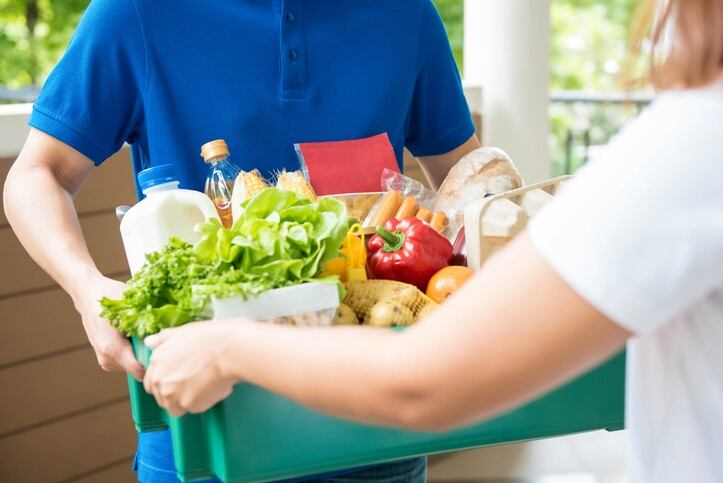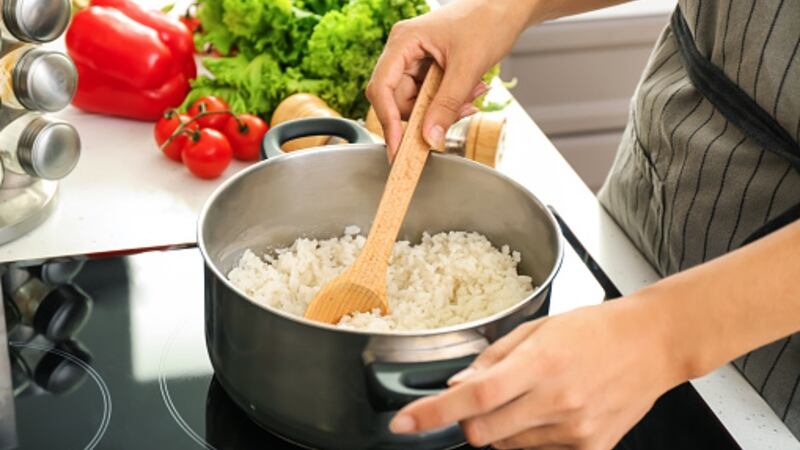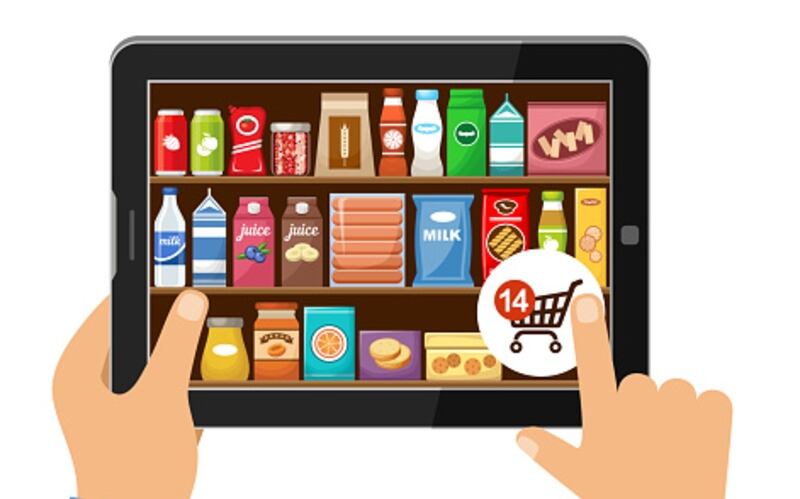China first introduced a COVID-19 lockdown on Hubei on January 23,and imposed strict restrictions on the rest of the country not long after, whereas Chinese New Year this year fell on January 25 and 26.
This created a significant boost for online sales of fresh foods in China, with some platforms seeing over 200% growth
According to data from HAVAS China, the biggest beneficiaries in terms of online grocery around this period were traditional fresh food e-commerce platforms such as Alibaba’s Hema, Ding Dong, Miss Fresh and JD’s JD Daojia.
This was particularly obvious via a significant year-on-year rise in the number of Daily Average Users (DAUs) for each of these platforms: Hema grew 127.5% from the same period in 2019 to hit 2.95 million DAUs, Ding Dong grew 274.6% to hit 1.47 million DAUs and JD Daojia grew 98.3% to hit 920,000 DAUs.
HAVAS also highlighted that JD saw a 215% growth for fresh foods to hit delivery volumes of 15,000 tons. JD has corroborated these numbers, adding that this was for the 10-day period between January 24 (Chinese New Year’s Eve) and February 2.
“The Chinese New Year season this year has been unique as hundreds of millions of Chinese choose to stay indoors because of the outbreak of the highly contagious novel coronavirus,” JD’s Head of JD Fresh Yishen Tang told FoodNavigator-Asia.
“We’ve seen a consumption structure shift since the outbreak and consumers spend more on necessities during the epidemic – [for example], the consumption of cereals surged on January 25th, and on January 26th, sales were [some] 15 times [more] compared with the same day on the lunar calendar last year.”
Online fresh food growth persisted for JD even after Chinese New Year, most likely due to the continued COVID-19 lockdowns in February – and Tang believes that now many new users and food businesses that were previously not keen on online shopping have gotten a taste, online fresh grocery shopping is likely to become even more of a norm in China.
“We saw a 260 %year-on-year growth in our online fresh food business in February – [This included] for milk and dairy products which increased 86.5% y-o-y, as well as rice, flour and cooking oil which increased 110.5% y-o-y compared with February 2019,” he said.
“The epidemic has awakened pent up demand for online shopping [in consumers] across the country. It has catalysed the evolution of dietary habits in society as many people, especially the younger generation, have turned to cooking at home or semi-processed products after food services became unavailable and the safety of food deliveries couldn’t be guaranteed.
“Online fresh food shopping has become a strong supporting force to help this evolution in dietary preferences.
“At the same time, we’ve seen many agricultural production bases become increasingly aware of the significance of e-commerce due to the virus outbreak, [so] we expect the penetration rate of fresh food e-commerce to rise further [even after all of this].”
Importantly, there is still much room in the China market for the online fresh foods sector to expand, according to food tech VC Bits x Bites Founder and Managing Director Matilda Ho, who is also Founder and CEO of eGrocery platform Yimishiji.
“eGrocery adoption grew faster in China than anywhere else but it was still only expected to be 6.6% in 2020 - There is plenty of room to grow,” she told us.
“The lockdown of COVID-19 has potentially sped up this development as new users had no choice but to sign up for online grocery.”
Will this continue?
HAVAS China basically agreed with the factors leading to optimism for the sector, and that online sales are expected to rise - but also has a much more cautious outlook on things.
“The coronavirus outbreak triggered this growth and behaviour change, so many new users, especially those in older age groups and lower-tier cities, might have tried online shopping for the first time,” it said via its Coronavirus Market Update Report.
“Younger generations will adapt to more online shopping, and with logistics getting back on track, online sales are expected to further increase. Some consumers may still have concerns about the virus, hence they will increase the frequency of cooking at home [and depend on online fresh food delivery too].
“[However], the enduring effects will [only] be shown when things fully return to normal. [Long term], the traffic of physical stores [are expected to] recover to normal, as will the sales of shopping centres, restaurants and food delivery apps.
To ensure the best gains, more focus on the omnichannel may still be the best option in the long run in China. According to Ho, this is essential for survival, especially for newer players.
“Offline and online in China are less competitive but increasingly complementary. Whether it’s an online-first startup or a traditional offline retailer, every player needs to have an omni-channel strategy to meet consumer needs,” she said.
“[Although COVID-19 has sped up growth], on the other side, it also meant that subsidies from the largest players [to new online platforms has] dried up.
“To compete, eGrocers will have to excel in supply chain management to deliver great value to consumers. They will have to build customer loyalty by offering what consumers can’t find anywhere else, whether this means offering specialty private-label products or upkeeping a sourcing standard more trusted than any other options.”





